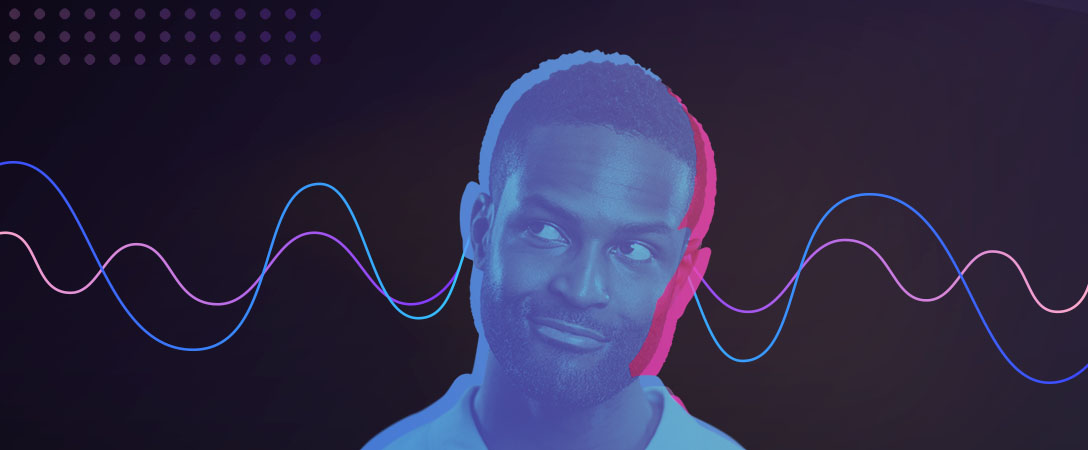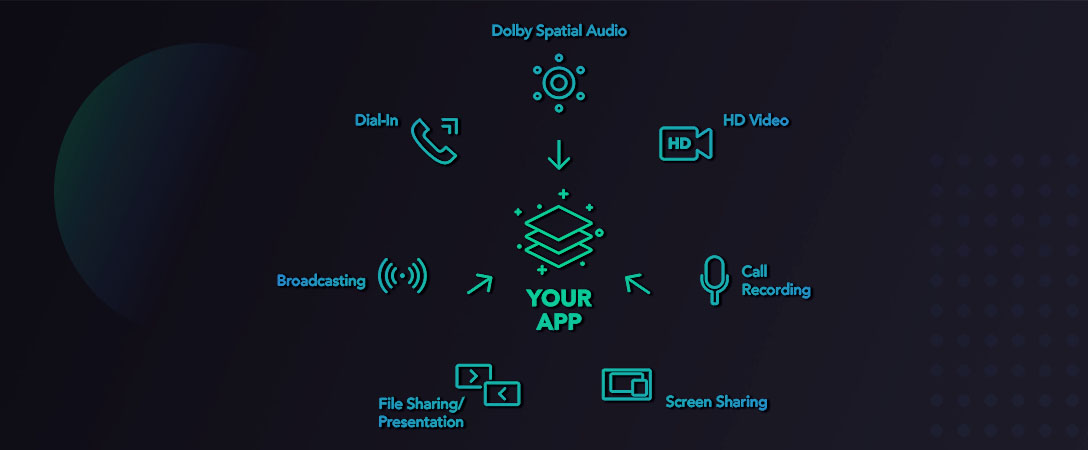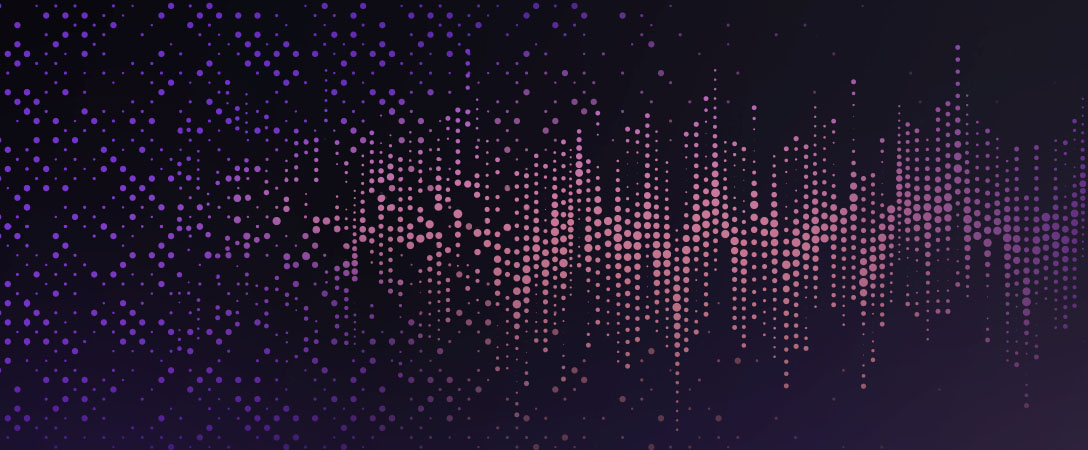This is the first part in a series of posts to help explore listening skills for audio speech content.
What is listening?
Listening and hearing may seem synonymous, but they are in fact vastly different. On one hand, hearing is effortless and is the act of perceiving sound via the ear. On the other hand, listening requires active effort and is the purposeful act of understanding and extracting meaning from sound.
Being good at listening is not a skill that we are born with, nor is it a skill that can be developed overnight. Expert listeners rely on their prior listening experience, knowledge of audio content, and ability to switch between subjectivity and objectivity when evaluating a piece of content’s quality and deciding their preference on it.
It’s important to be able to assess audio using objective evaluation to point out problems given an accepted criterion of how the audio should be expected to sound like. It’s also important to be able to assess audio using subjective evaluation and describe the reasons why you think it sounds good or bad. In both cases, the more you listen and are exposed to diverse styles of audio content, the more listening experience you’ll accumulate to help deliver insightful and valuable feedback.
How do I start?
If you’re just starting out and want to get your feet wet, I recommend grabbing your favorite song, a podcast episode you like, or any other piece of audio content you enjoy.
Instead of passively allowing the sound flow through your consciousness, try and think of sound as being comprised of multiple layers, or individual components that you can separate and pick apart. For audio speech content, you may find that there’s direct speech layer, a background noise layer, and even a speech reverberation layer. A common term that refers to this process is to “deconstruct a mix”. By learning to break a piece of audio content into individual layers, you give yourself the option to selectively focus on specific layers or assess them all as a whole. Since listening is an intentional effort with the goal of extracting meaning and information from sound, it’s important to listen to the unique bits of sonic information present in in each layer as well as zoom out and listen to the content as a whole.
For example, when listening to a podcast, you may ask yourself
- What unique vocal characteristics do each of the hosts possess?
- Does anyone sound louder or quieter than the others?
- Is there an air conditioner in the room that’s making noise in the background?
- What is your overall impression of the entire piece?
Practice asking yourself these types of questions and writing down all the sounds you can identify!
Tools to Develop Listening Skills
1) Headphones
Both loudspeakers and headphones are commonly used for listening activities. However, I suggest using a pair of headphones if you’re listening to speech content. Though on-ear and over-the-ear headphones are most ideal, a pair of ear buds will do just fine if you’re in a quiet listening environment. Owning a pair of high-end headphones is not a requirement by any means when first diving into listening!
However, if you are in the market for purchasing a pair of headphones specific for listening, I recommend looking for a pair with a flat frequency response curve like the Sennheiser HD 650s or the Beyerdynamic DT 990s.
2) A Digital Audio Workstation
A DAW, or digital audio workstation, is a piece of software that performs audio recording, editing, and production capabilities. Though most DAWs have dozens of creative features and extra capabilities, you really only need a program that supports the basics – multitrack audio, muting and soloing, and looping.
Imagine comparing two different versions of the same audio file processed with slightly different settings. It would be difficult to pinpoint subtle differences between the two if you could only load in one file at a time and not be able to compare the files back-to-back in quick succession. Having multitrack and muting/soloing support allows you to load in multiple files into a project and seamlessly listen and compare across them.
Listening can be a very iterative process and you might find yourself needing to re-listen to a small section of audio over and over again. Instead of manually scrubbing to the same location each time you want to replay a section, looping allows you to select a region to repeat continuously.
Finding a good and reliable DAW that you feel comfortable using will help you nail down your listening workflow. Some great free applications I recommend are Garageband (Mac only), Audacity (Windows, Mac, Linux), and Pro Tools First (Mac, Windows).
3) Place to Take Notes
Whether you prefer to use pen and paper or a digital notetaking application, practicing describing what you hear is a crucial step when developing your listening skills. At the start, you may find it difficult to come up with the right vocabulary and proper adjectives to describe what you’re listening to. Though there’s popularly agreed upon terminology within the audio industry to describe certain sound characteristics (ex. bright, muddy, punchy), there’s no right or wrong answer when you’re just starting out and just beginning to build connections between sound and descriptor words.
A large part of listening is about communication. You’re taking something you’re experiencing in the auditory domain and translating it into words! Not only do you want to start creating connections between sounds and words for your own understanding to re-use and refer to in the future, but you also want to let other listeners understand and imagine the sounds you’re referring to when reading your listening notes.
Here’s an example of listening notes I’ve taken in the past:
- Static background hiss reduced significantly. However, there’s a lot of leftover transient sounds (squeaks, clicks, bumps) and a high frequency, whistle-like static tone that’s still audible. Leftover background noises fluctuate up and down between speech and non-speech sections making the listening experience unstable.
- Great noise reduction without many residual artifacts! I like what was done to the EQ of the first talker in File A. Though it’s subtle, the talker’s voice in File B sounds more constrained and muffled. The tone in File A sounds more natural since you can hear a bit more of the room acoustics and high frequencies.
4) Take Breaks
And finally, make sure to take ear breaks! Listening consumes much more of a person’s mental and physical energy than people may think. Ear fatigue is extremely common and is your body’s way of telling you that it is time to remove your headphones, get up, and do something else. When listeners experience ear fatigue, their efforts are much less effective the chances of mishearing or missing something important greatly increases. In the end, it’s better to take care of your wellbeing and leave the listening session for later than to power through it.
Now It’s Your Turn!
Listening is a skill like any other that can blossom over time with practice and patience. Whether you’re looking to hone in your listening skills to better help your media team evaluate the quality of audio content, or whether you’re just looking to start listening to audio in a more thoughtful and analytical manner, I hope that this introduction allows you to explore and engage with sound in new and compelling ways.








